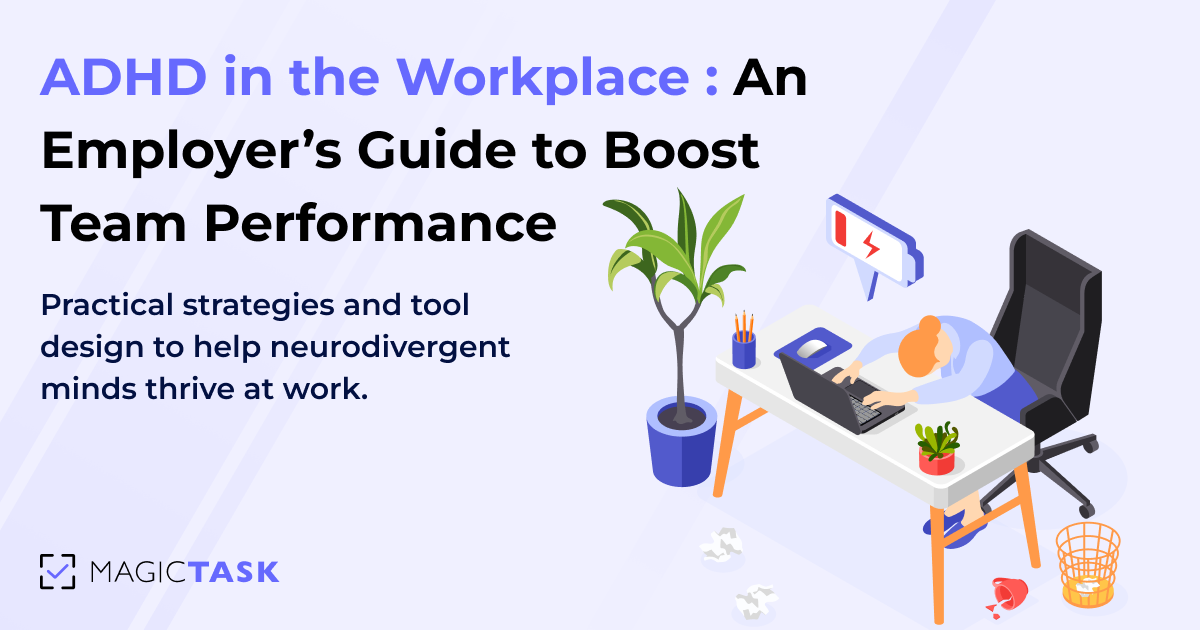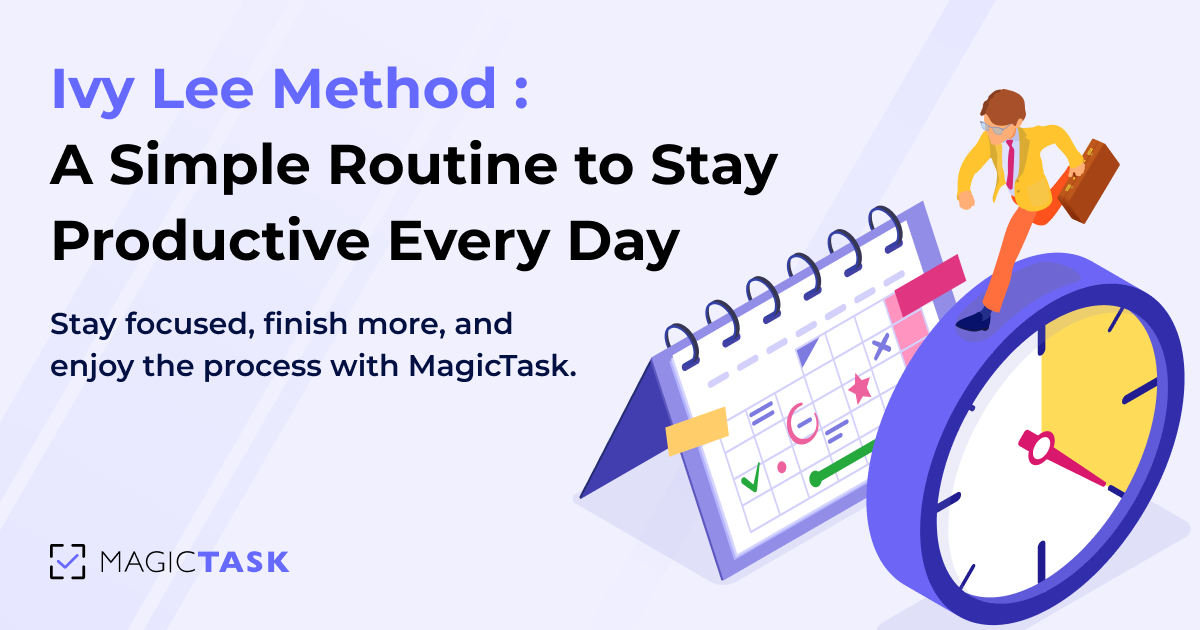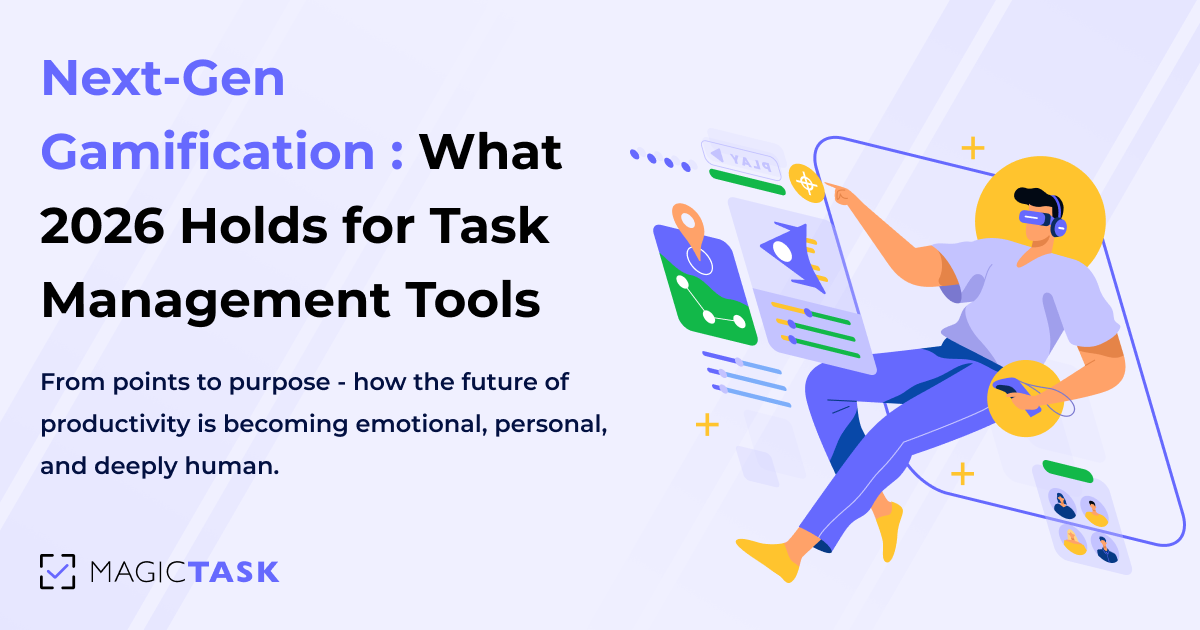How to Build a Simple Productivity System: Essentials Steps and Tools
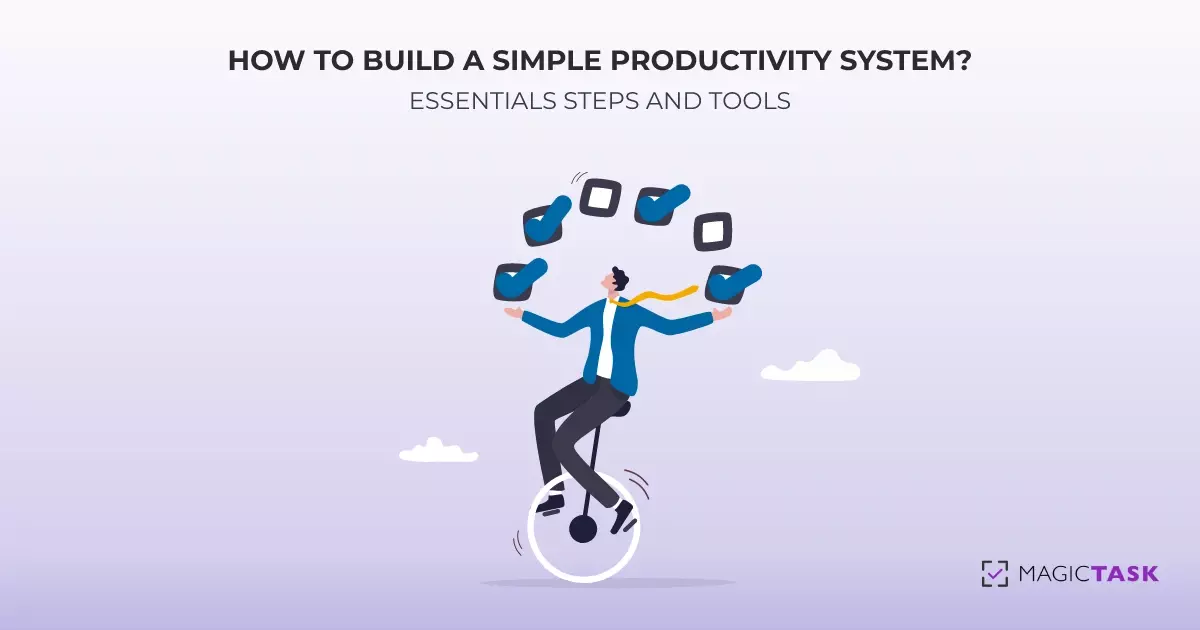
If your career is at least six months old, or even if you're a student working on your degree, you must have realized that there are more efficient ways of doing your tasks than taking them one after another.
We can't rely on a list to manage our tasks effectively. We need a flexible system to accommodate sudden changes while keeping us on track to achieve our long-term goals.
We need a system that helps us quickly decide which task needs to be done next. At the same time, we need something that gives us enough space to avoid making hard choices on our priorities.
This is where a productivity system becomes valuable.
What is a Productivity System?
A productivity system is a process that lets users complete their tasks on time. It helps them perform at their peak productivity level consistently. It helps users plan their tasks and ensure they have enough time and energy to complete them before the deadlines.
Productivity systems are designed to help overcome some of the common hurdles to efficiency. It could be procrastination, inefficient time management, unpredictable delays, and other issues. Most systems are designed to overcome one or more of these pain points.
A sound productivity system is about more than just pushing people to work until they're exhausted. It should understand and appreciate how the human brain works - what holds it back, what drives it, how it can work best, and other aspects. It understands the strengths and weakness of human brains in general and how it varies between individuals. A well-designed productivity system (and productivity tools) should be able to adapt to different styles of work.
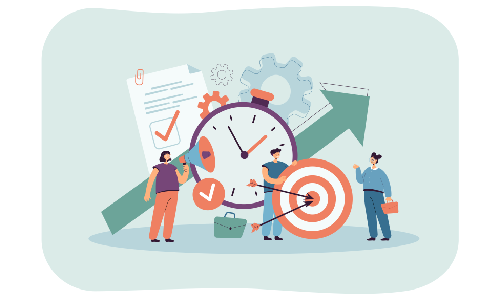
Over the years, many productivity experts and consultants have developed their own productivity systems. Each of these systems has its pros and cons, but they generally help individuals overcome different struggles. For instance, the 'Eat The Frog' approach helps users overcome procrastination. On the other hand, the Pomodoro Technique helps practitioners stay in the 'flow' state.
Studies and anecdotes have proven that productivity systems help practitioners in many ways.
Why Do You Need a Productivity System?
Here are some of the key reasons why you need a productivity system
It will help you execute your tasks effectively and efficiently.
This is one of the main reasons why you design a productivity system in the first place. When you have too many tasks, it becomes difficult to figure out which ones to tackle first and which you can put down for later. Even if you decide once, you may still have to keep making changes on the fly. It becomes challenging to keep track of these without a productivity system.
With a well-defined system, you can be on top of your tasks and complete them with minimal effort.
It will help you achieve your goals.
A productivity system is about more than just completing as many tasks as possible in the shortest time. It's also about helping you prioritize these tasks based on how they will help you with your long-term goals.
When there are too many tasks for you to take care of — both in your personal and professional life — it may become difficult to figure out which tasks you need to give more energy to and which you can handle later. And you may lose sight of your long-term goals when you're occupied with your daily tasks.
A productivity system can help you reach your long-term goals through your daily schedule.
It will help you understand yourself better.
You can better understand yourself when you plan your daily tasks regularly and track how you execute them. A productivity system forces you to think about what you value the most, your priorities, and your long-term goals.
And when you execute your plans and track your progress, you can understand what works for you and what doesn't. Maybe you work better at night, or perhaps you focus better on a full stomach. You can also figure out what is holding you back — be it your processes or your skills — and then decide how to close that gap.
It will help you take care of your mental health.

An effective productivity system doesn't just keep track of your time or the tasks you complete. It also takes your mental health and energy levels into account. It will ensure you have enough breaks and time to relax and decompress. It recognizes that a relaxed and calm mind is key to productivity.
A personal productivity system will also help you complete your tasks quickly. It will help you stay on top of tasks and avoid last-minute stress. A productivity system allows you to handle your tasks at your own pace instead of being rushed through to avoid delays.
It will offer you a better work/life balance and more control over your time.
Many professionals struggle to find a proper work/life balance due to commitments at work. While they may have too many things to do in some instances, a little planning can give them more space in others.
A productivity system can help employees switch off from work at reasonable times by ensuring that their tasks are completed on time. Even if you have a business or are freelancing, a productivity system can help them find more time for your personal life.
Step-by-Step Guide to Building an Effective Productivity System
While there are many productivity systems, not all of them or all aspects will work for you. You need a productivity system that works for you and your style to get the best results. Here's a step-by-step guide to building an effective productivity system.
1. Identify your pain points
First, understand yourself and your struggles to build an effective productivity system. Before you make one, you need to think about why you need one - and let these pain points drive your system. Once you have understood why you're not able to be productive, you can then devise a plan that can solve this issue.
For instance, if you struggle to get started or procrastinate a lot, you can take elements from the 'Eat The Frog' method. If you wear many hats and struggle to keep track of everything, you can try creating a 'second brain.'
2. Research the most popular productivity methods
While the goal is to create your own productivity method, it doesn't mean you have to reinvent the wheel or start from absolute scratch. There are many productivity methods and techniques people have found to be helpful. Many of these are designed to overcome particular challenges, as we discussed above.
Even if none of these productivity methods work perfectly well for you, you'll get general ideas or rules of thumb. You can then use different bits and pieces that work for you from these techniques while building your own productivity method.
3. List the approaches that fit you well and solve your pain points.
From these methods, list out the techniques that solve your problems. They don't have to be complete methods, just the parts or aspects that worked for you.
For instance, if you find yourself distracted or unable to sit through a task, setting a 25-minute timer may work for you. If you feel as if you forget the different tasks you do, you can write down the quick capture system from the Getting Things Done method. And if you are procrastinating on large tasks, you can take the 'doing the hardest tasks first' approach from the 'Eat The Frog Method.'
In the end, you may throw away some of these ideas or tweak them to fit your style better. But these would give you a point to jump from.
4. Design a simple productivity system and stick to it
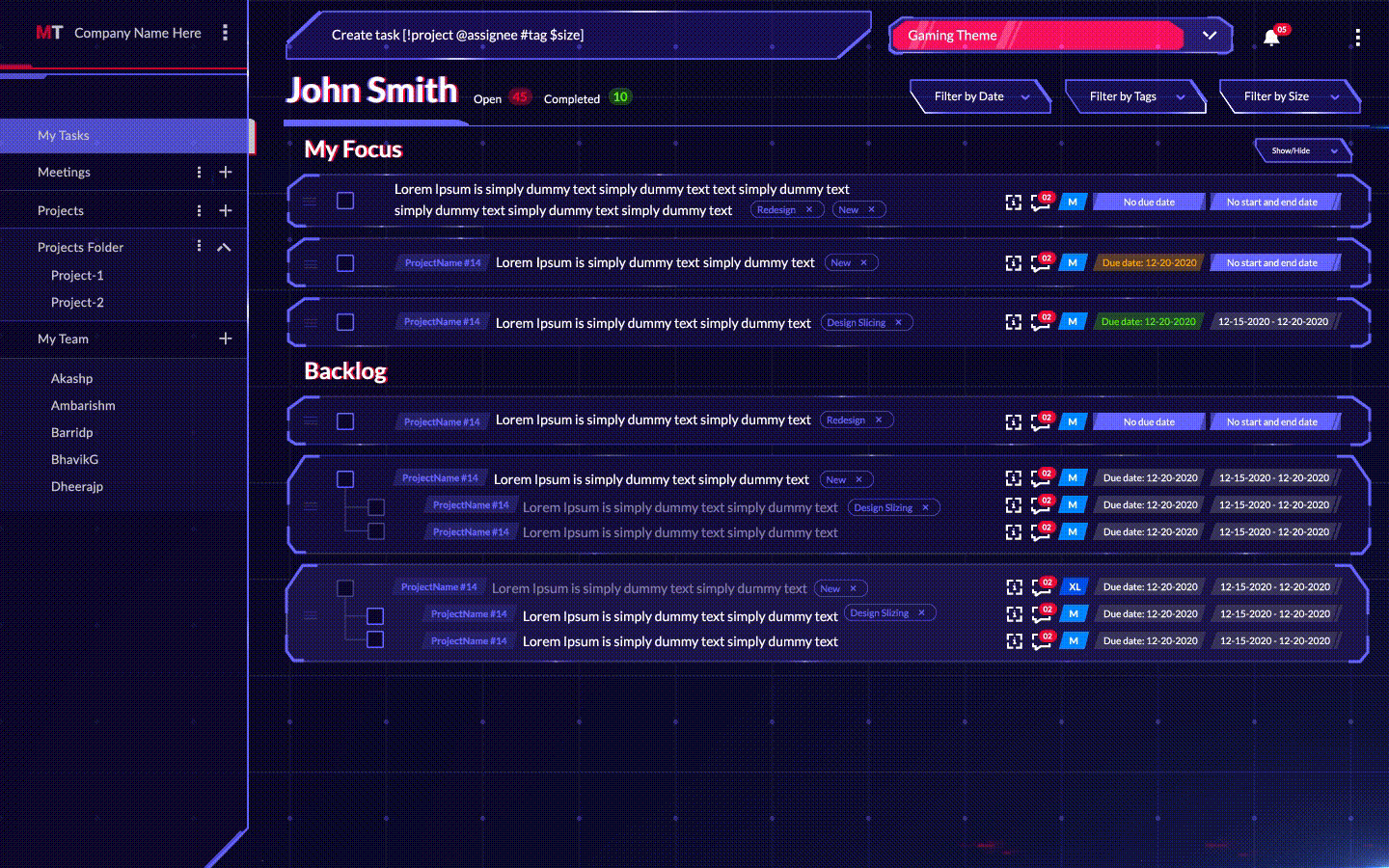
Once you know what may work for you, plan it out and design the process. You can use MagicTask to put this into a system. For instance, you can use labels if you want a system that classifies different tasks based on their status or progress. Or imagine your productivity system needs you to quickly identify your most demanding or essential tasks. In this case, you can set priorities or sizes for them.
This is not yet your final productivity system, but you must stick to it for a while.
5. Track your productivity
As you use your initial design for a productivity system, see if you can improve your productivity. If you struggled to get started early or complete tasks on time, check how much you have improved. There may be some difficulty in establishing your system and getting yourself on track, so an initial dip in productivity may be expected. It may appear as if you're wasting time trying to be more productive.
But keep noting down any difficulties you face and see if that changes over time. And see if you can perform more tasks in a given time or be more productive.
6. Check your metrics and iterate your system.
Once you've tracked your productivity, you'll be able to understand what has to change. Maybe you're productive in the mornings so that you can set your most important tasks first thing in the day. If you find out you're the least productive after your lunch, you can set up your breaks then and take a power nap.
If elements or aspects of your system are not working, see if you can tweak and improve them or throw them out and use whatever is working. Iterate constantly until you're able to reach the goals you've set.
But at the same time, don't become too obsessed with productivity instead of getting your work done. High productivity is the way, not the destination.
Whatever system you end up with, MagicTask will work right for you.
MagicTask is not designed to force you into a productivity method or workflow but to assist you in doing what you do best. You are free to use it however it works, whatever makes you the most efficient.
The platform is highly flexible, and the team developed it over years of research and internal testing. Even if you work by yourself or if you work with a group, the platform will work for you.
Check it out now and let us know how your productivity system fits with MagicTask.
